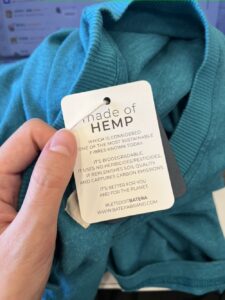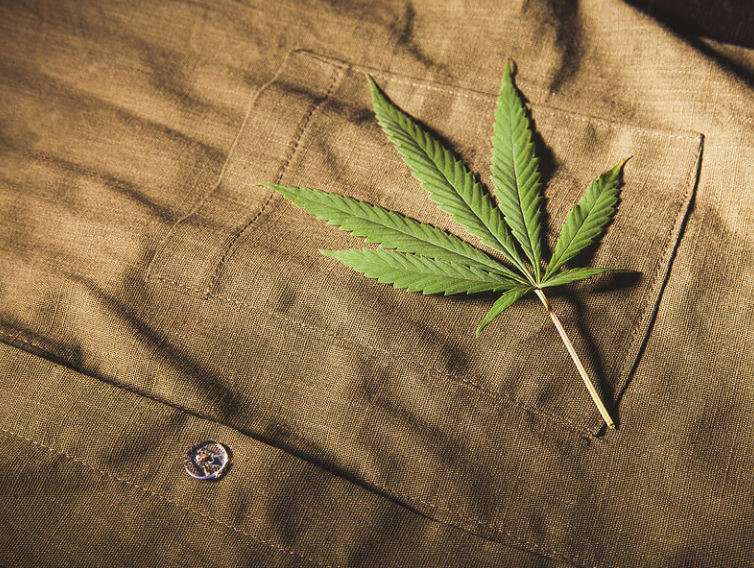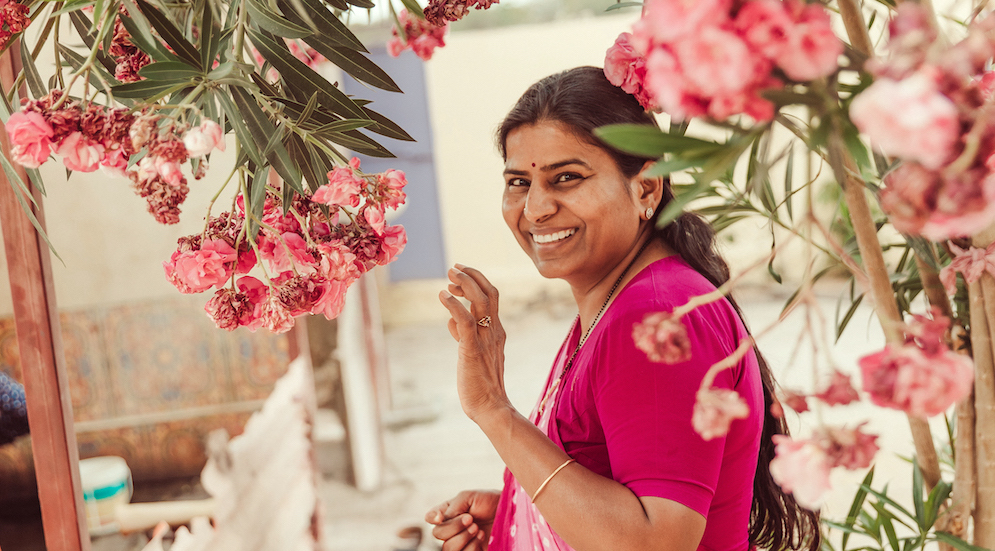Hemp has re-emerged as a key ancient fiber to address the environmental and social challenges we face. During the Slow Fashion and Nature-Based Solutions conference at CONAMA 2024, organized by Slow Fashion Next in Madrid on December 3rd, industry experts discussed its potential as a regenerative material and its role in building a more balanced textile model.

CONAMA 2024
Hemp: Innovation from Nature
Hemp, known for its historical versatility, is gaining prominence as a high-impact sustainable resource. Its cultivation requires 50% less water than cotton and does not depend on chemical pesticides, essential characteristics for a textile industry looking to reduce its water and chemical footprint.

Additionally, this fiber offers unique benefits: it improves soil health by absorbing heavy metals and enriching its quality, making it an ideal crop for marginal lands. To top it off, hemp acts as a highly efficient carbon sink, capturing large amounts of CO2 during its growth and actively contributing to climate change mitigation.
An Ideal Material for Garment Production
The appeal of hemp is not limited to its environmental benefits. Its physical properties make it an adaptable and functional material for garment production. It is breathable and thermoregulating. Moreover, it is naturally resistant to wear, prolonging the lifespan of garments made from this material and promoting responsible consumption.

Thinking Mu
Currently, European designers and brands committed to sustainable fashion, such as Thinking MU, Mes demoiselles, Atelier Tuffery, and Patte de Loup, are exploring hemp as an ethical and creative alternative to synthetic fibers. From soft, lightweight fabrics to more structured materials, this fiber offers a wide range of possibilities that allow brands to innovate without compromising the environment.
Obstacles and Opportunities
However, the implementation of hemp faces significant challenges. In countries like Spain, the regulation of industrial hemp is still influenced by outdated laws, limiting its production and use on a local scale. The current regulations governing its use have not evolved since 1967. This restrictive framework contrasts with the reality in countries like France and Portugal, which have implemented favorable policies for the expansion of industrial hemp. Additionally, the cultural stigma associating hemp with cannabis presents a misconception that slows its acceptance.

Atelier Tuffery
On the other hand, the cost of production and the lack of accessible supply chains also represent significant barriers. Brands that invest in hemp often face traceability issues and high certification costs, which increase the final product price. Nevertheless, initiatives in countries like France and Portugal demonstrate that with appropriate legislation and institutional support, hemp can become a viable and competitive alternative.
An Opportunity to Lead Change
Hemp is not just a sustainable fiber; it is a symbol of the transition towards regenerative fashion that prioritizes ecosystem restoration and the reduction of negative impacts. During CONAMA 2024, it became clear that this fiber has the potential to lead significant change in the textile industry, aligning with the principles of the circular economy and global climate action.
As the fashion industry moves towards a more conscious future, hemp positions itself as an indispensable material for brands wanting to innovate sustainably. Embracing it means not only mitigating harm but also transforming fashion into a tool for environmental and social regeneration.
Words : Sofía Yang Mao
Photos : CONAMA 2024 : Sofía Yang Mao
Read more on ethical fashion in our magazine




